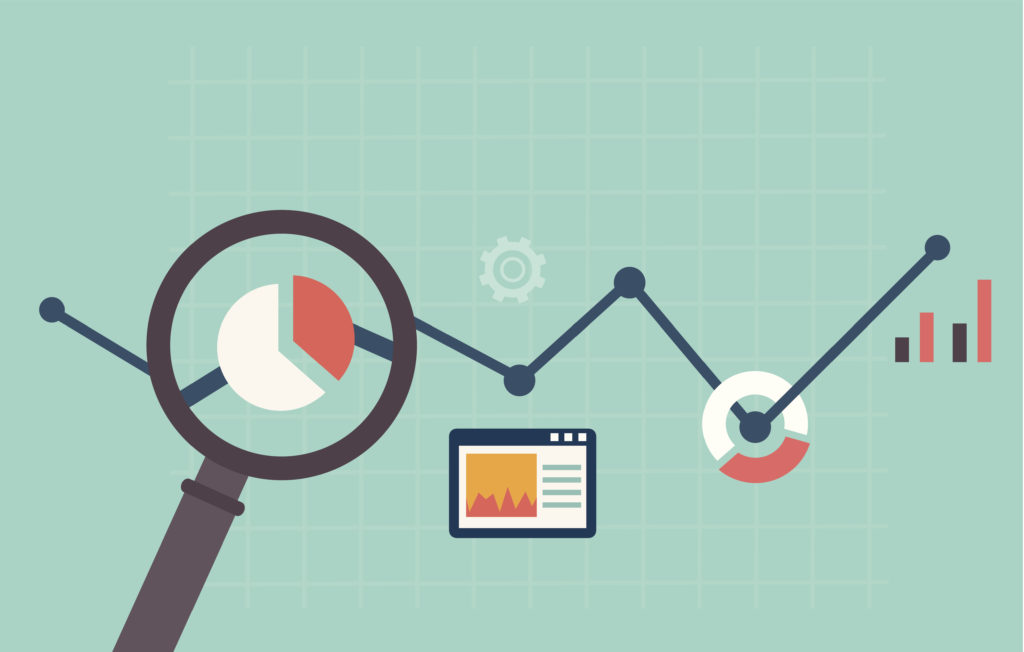Implementing Metrics in Project Management: Hope for the Best but Plan for the Worst
By Harold Kerzner, Ph.D.
Senior Executive Director for Project Management, IIL
With the growth in project management metrics, KPIs and dashboard reporting systems, companies are improving their success to failure ratios on projects and strategic initiatives. But even though the path looks bright, all that glitters is not always gold, at least seen by those people that would be required to measure and report new metrics.
People tend to build up comfort zones at work and then adjust their energy cycle according to their comfort zone. Asking them to learn new techniques and report status differently may remove them from their comfort zone. When people believe their traditional comfort zone is in jeopardy of being changed, even if the change is for the better, they then come up with a variety of excuses as to why the new techniques should not be used. For almost five decades, project team members became accustomed to reporting just time and cost metrics/KPIs on their projects, and doing so with written reports. Now, we are asking them to report significantly more metrics/KPIs, and to do so using a dashboard reporting system.
There are numerous excuses that people identify as to why they should not have to learn anything new or change their work habits. Many times, the excuses are related to a fear of the unknown. But often there are other hidden agendas that people use to justify their dissatisfaction.
“Metrics and KPIs are an expensive and useless measurement technique.”
People know that metrics are not useless techniques and that they could never win an argument trying to defend the uselessness of metrics and KPIs. Therefore, they include in the same sentence the argument of “costliness” hoping to detract the person they are arguing with from the fact that metrics/KPIs are actually useful. When someone uses this statement, what they are really trying to say is that they are just plain lazy and do not want to improve their performance.
“Metrics and KPIs are costly to maintain and the benefits do not justify the cost.”
Once again, people try to hide the truth. If you perform a benefit-to-cost analysis on the use of metrics and KPIs, you will see quickly that the benefits will significantly outweigh the costs. The reason why people also argue in the same sentence that such programs are “costly to maintain” is because initially there is an upfront investment needed to initiate a metrics/KPI performance measurement system. The upfront cost will include selecting the appropriate metrics/KPIs, determining the best measurement techniques, designing the appropriate dashboards, and finally performance reporting. Once the initial steps are accomplished, the cost of maintaining such a system is minimal because dashboard updates can be done in minutes by updates to Excel spreadsheets that feed data to the dashboard images. Perhaps there could be a significant cost in the first year to set up such systems, but for the next ten years or longer, the cost savings, reduction in written reports, fewer costly meetings, improvements in decision-making, greater benefits realization, and value added to the business will make the initial costs appear insignificant.
“Metrics/KPI measurements are a waste of productive time.”
When all other arguments fail, people fall back on the excuse of unproductive time. Nothing could be further from the truth. Successful metric/KPI performance programs can measure and report information in real time. It is not uncommon for dashboards to be updated daily.
Employees will not support a metrics management effort that looks like a spying machine and can report worker productivity on a daily basis if necessary. Some people are very touchy about their performance being measured. When metrics and KPIs are reported in real time or daily, worker performance or lack of performance becomes quite evident. Workers that seem to slack off a lot during the workday tend to use this argument.
Perhaps the greatest fear that workers have with metric/KPI measurement and reporting is that the information will be used during performance reviews as justification for rewards as well as punishment. It is a very bad idea to have metrics used during performance reviews because:
- The metrics/KPIs may be the result of more than one person’s efforts and it may be impossible to determine which person was solely responsible for a good or bad result.
- Unfavorable results may have been due to circumstances beyond the individual’s control.
- The true value of metric/KPI numbers may not be known until sometime in the future, thus leading to a performance review based upon incomplete information.
- Employees may “fudge the numbers” to make them look better than they are, thus providing stakeholders and governance personnel with faulty performance reporting.
- Employees in the same functional group may end up competing with one another for the best metric/KPI result rather than collaborating, and this could lead to suboptimal performance and decision making.
If you know that these situations can and will happen, then it should be obvious that a solution does exist. Whenever people are expected to learn new techniques and begin working differently, their first concern is “What’s in it for me?” Therefore, senior management must take the lead in the implementation of any metric/KPI management program and explain to the workers how they will benefit and that the metrics/KPIs will not be used as part of performance reviews. If this is not done, then the firm runs the risk of having the workers sabotage the new metric/KPI initiative. Upfront buy-in is essential and this should be driven from the top down.


